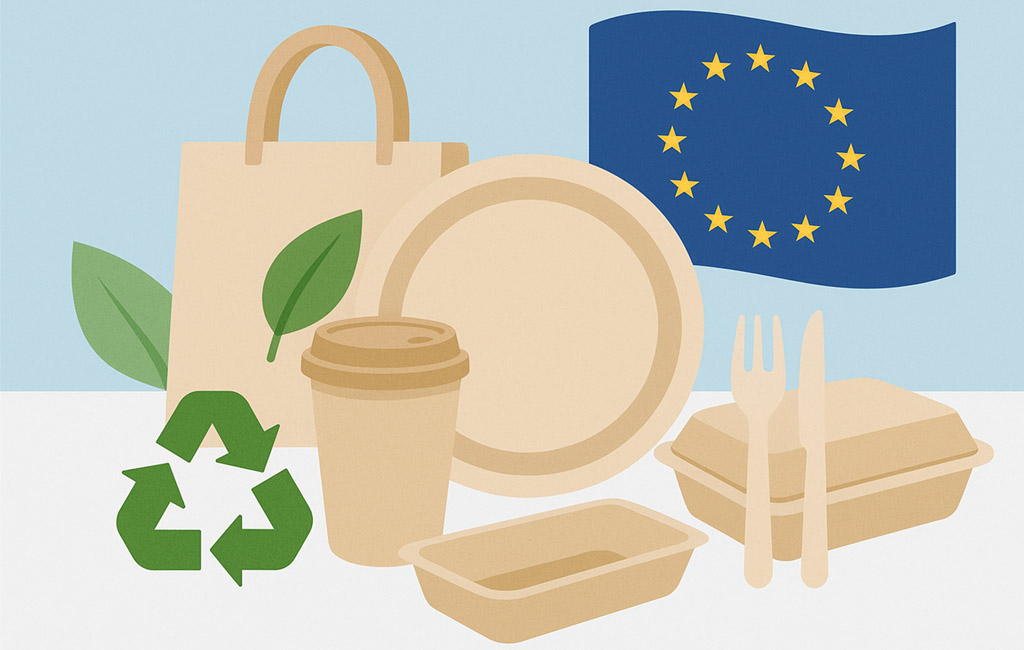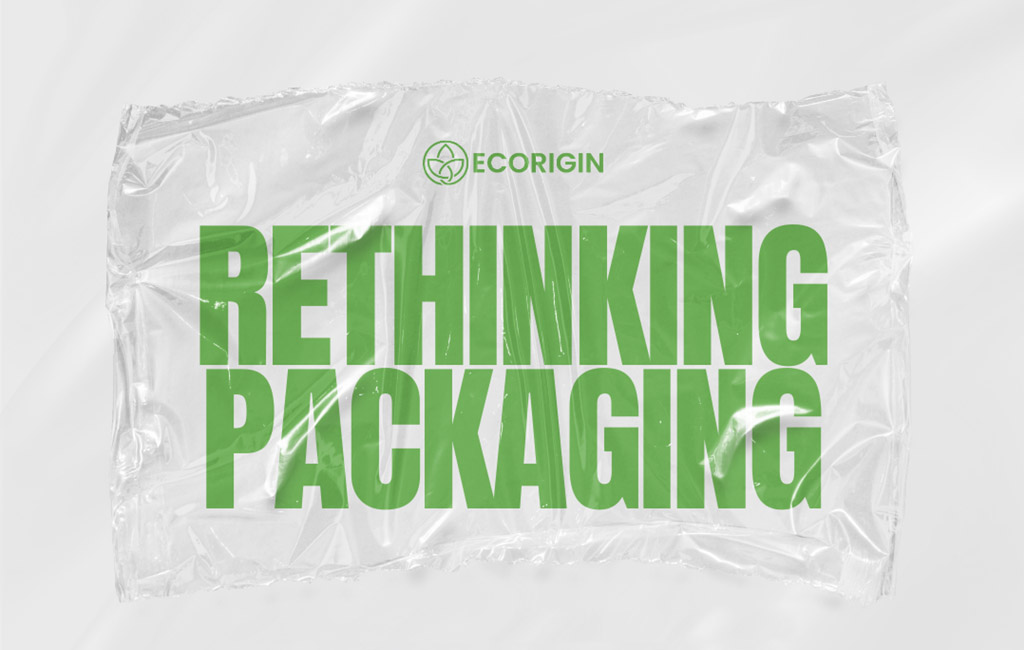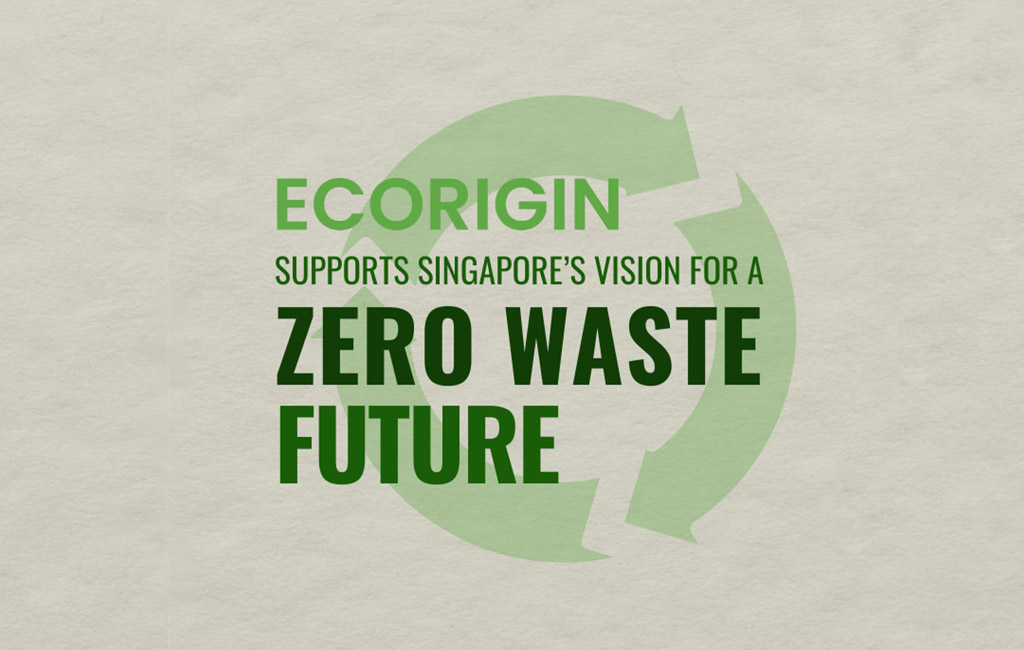The EU's new Packaging and Packaging Waste Regulation (PPWR), formally Regulation (EU) 2025/40, entered into force on February 11, 2025 and will start to apply across member states 18 months later, around August 12, 2026. This regulation replaces the old Packaging Directive and marks a major shift toward stricter, harmonized packaging standards across the EU.

By 2030, all packaging—regardless of material—must be economically recyclable. Only packaging with recyclability scores of Grade A–C may be placed on the market.
Companies must minimize unnecessary packaging, avoid “false bottoms,” excess layers, and reduce void space.
Plastic packaging must include minimum recycled content by 2030, increasing by 2040:
30% for PET bottles
10% for non-PET contact-sensitive plastics
35% for other plastic packaging.
By 2030, reusable packaging must make up 10% of beverage and sales packaging, rising to 40% by 2040.
Takeaway businesses must offer refill options and support customer-provided containers from 2027–2028.
From 2028, harmonized labels with material composition details and compostable or reuse icons will be mandatory.
Environmental claims must be supported with technical documentation.
PFAS are banned above specified thresholds starting in 2026.
Heavy metals (e.g. lead, cadmium) are also restricted to protect recyclability and human health
| Regulatory Area | Strategic Action for Suppliers |
|---|---|
| Material Selection | Switch to mono-material designs—e.g., bagasse, bamboo, compostable paperboard |
| Certifications | Secure compostability and recyclability certifications to signal compliance |
| Labeling | Adopt EU-compliant labeling and transparency from early stages |
| PFAS-Free Compliance | Reformulate coatings to eliminate PFAS and avoid rejects |
| Reuse Strategy | Explore reusable systems for foodservice or take-away clients |
| Early Compliance | Align packaging now to meet 2026 enforcement and avoid last-minute changes |
The PPWR signifies a seismic shift for EU packaging standards, driven by the circular economy goals. Aligning with these regulations early not only avoids compliance risks but also positions your brand as a sustainability leader—key for entering EU markets and securing retailer partnerships.


